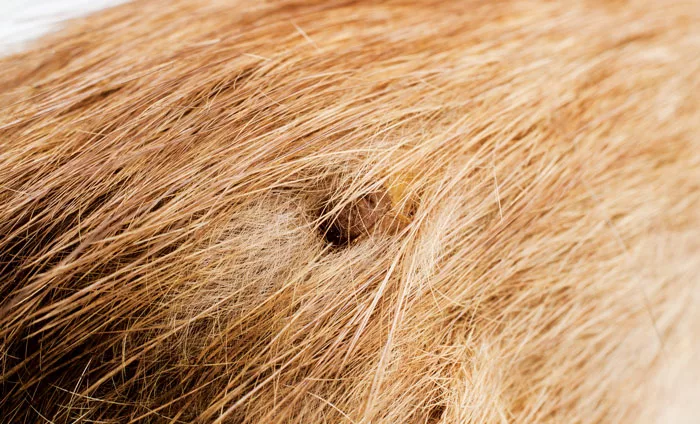American Farriers Journal
American Farriers Journal is the “hands-on” magazine for professional farriers, equine veterinarians and horse care product and service buyers.

Horses are a popular host for ticks, increasing the risk for farriers coming into contact with them. While many tick-borne diseases are treatable, some can result in lifelong medical problems, and if left untreated, death. Image: panyawat
Ticks might feel like a modern annoyance — especially given that Lyme disease was only recognized about 40 years ago — but these parasites have existed since prehistoric times. In 2017, scientists reported finding ticks entombed in amber pieces from Myanmar dating back 99 million years.1
About 850 tick species exist worldwide. Luckily, fewer than 60 are confirmed to bite humans and transmit disease, according to the Mayo Clinic. Depending on the geographic region, peak tick season typically falls between mid-March and May, and again from mid-August through November. However, as tick populations swell, their bites and potential for transmitting disease have increased.
“Some of the suspected causes (for population increases) are climate change, habitat encroachment, transport of cattle and pets, etc.,” says Phurchhoki Sherpa, coordinator for the Purdue Public Health Medical Entomology Program. “The natural world is complicated; multiple variables are intertwined, and it is difficult to parse through and identify specific individual factors.”
People might unknowingly transport the hitchhiking pests on pets and cattle from tick-endemic areas to new places. For example, the Asian Longhorned Tick that’s native to East Asia appeared…